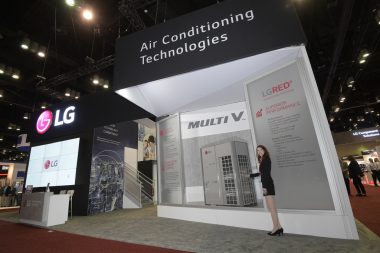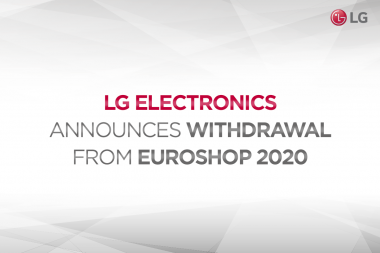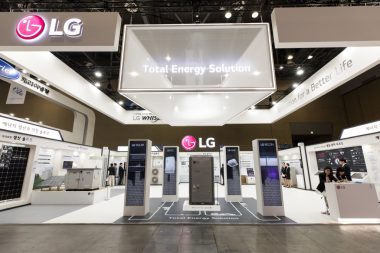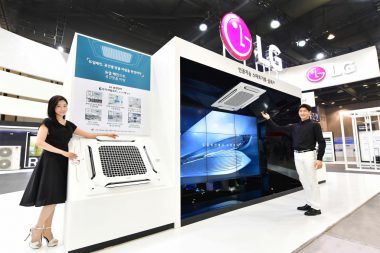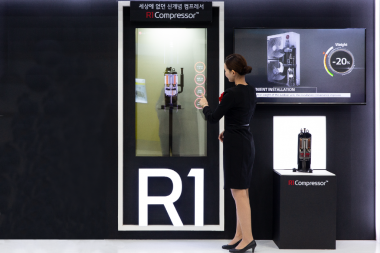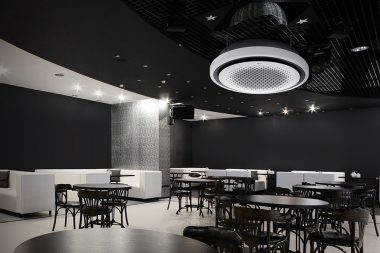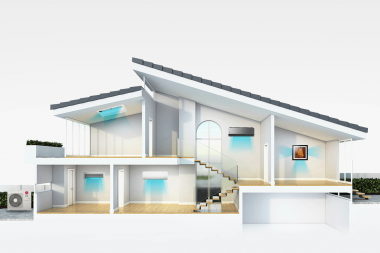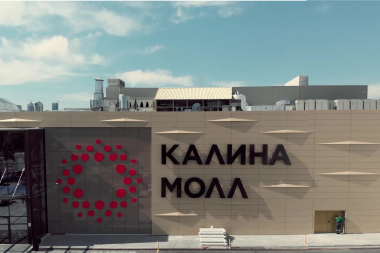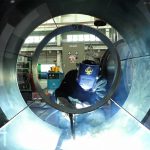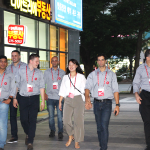Inverter technology has become an important topic in the HVAC market. LG Electronics also has started to apply inverter-type compressors and motors to all of their household electronic products. These products are known to be more cost-efficient compared to other models, and consumers with long-term views tend to prefer these high-efficiency inverter products. What exactly is inverter technology and how much efficiency can it bring to consumers? These are the questions today’s posting will answer.
How Inverters work
According to Collins English Dictionary, an inverter is “any device for converting a direct current into an alternating current.” Why is such a device needed? Let’s try to recall what we learned about direct and alternating currents in school for a moment.
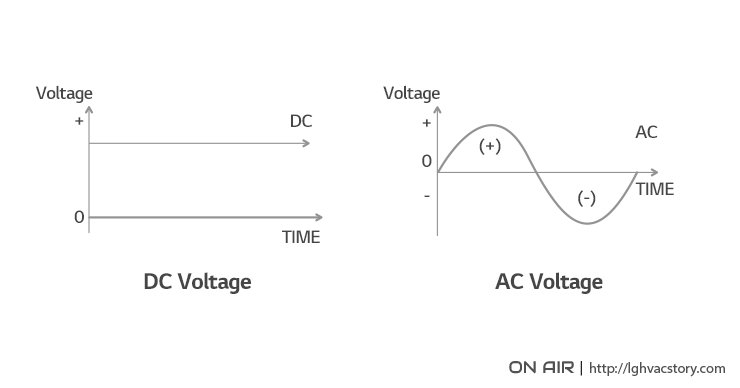
Direct and alternating currents
As you can see in the image above, a direct current maintains the same voltage over time, while the voltage for an alternating current goes up and down like a wave to create a frequency, which doesn’t occur with a direct current. The speed of a compressor (RPM) can only be controlled once this frequency is achieved. For this reason, an inverter’s most important role is controlling a compressor’s RPM.
Is it still a bit too complicated? The mechanism inside inverters can actually be found in our daily lives quite often. Let me help you with three examples of inverters and constant-speed products, which are often compared in the HVAC market.
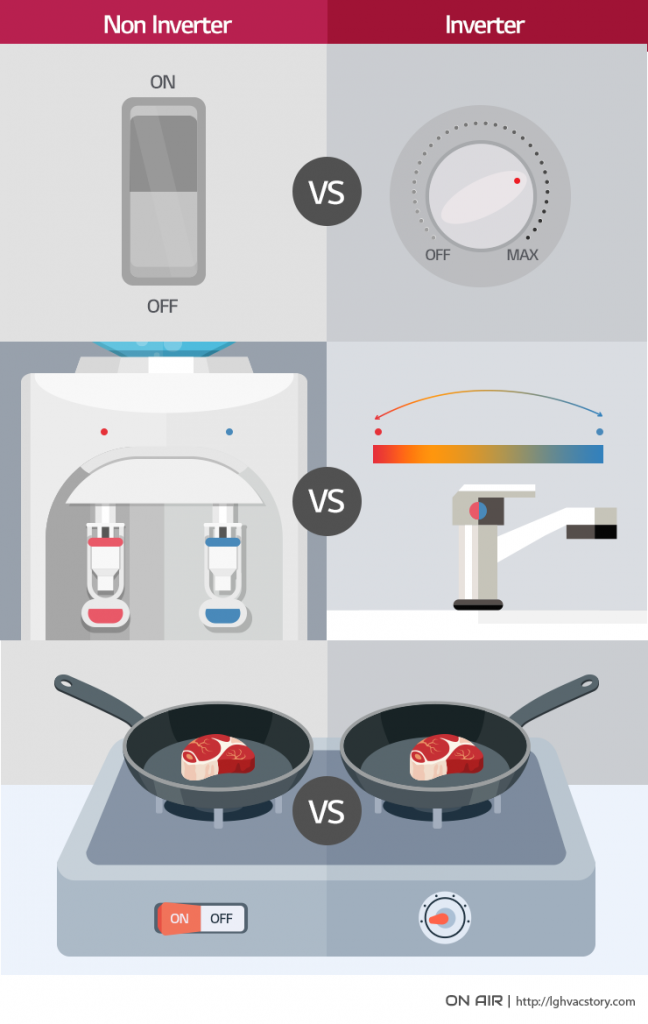
Inverter vs. Constant speed
1) Light
Sometimes we get annoyed by the fact that lights don’t change their brightness and color to be used as both reading lights and mood lights interchangeably.
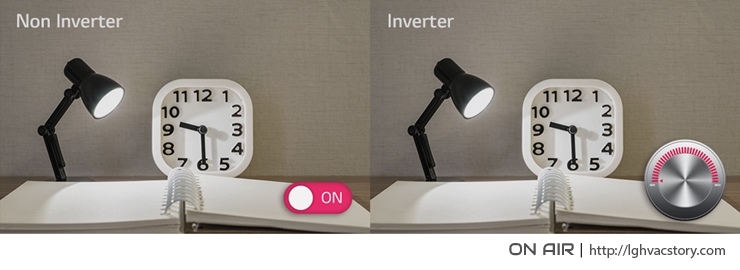
Of course, one could change the bulb into a higher wattage when reading and then change it again to a lower wattage for mood lighting, but this seems like a lot of work and money. A light with adjustable brightness would be the best way to solve this problem.
In this example, constant speed represents the light with only an on/off switch, which doesn’t allow the light to change. An inverter product, however, would allow the level of brightness to be adjusted from one to ten so that we can have a wider range to choose from. It seems pretty clear which light you would choose now.
2) Water Coolers and Shower Heads
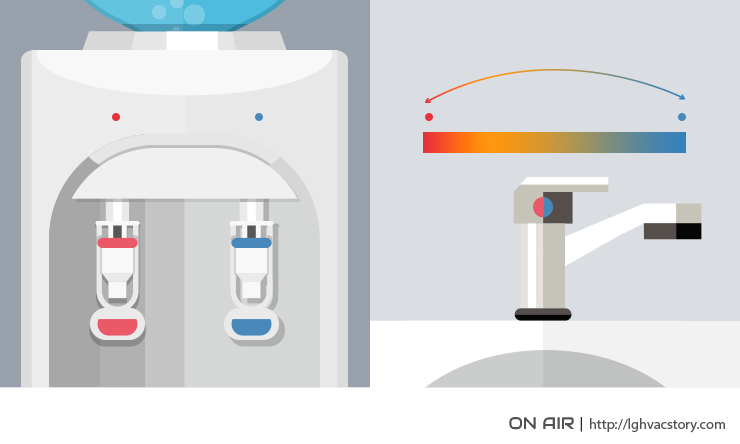
Water coolers usually give us only two options: hot and cold water. If you want tepid water, you need to mix the right amount of hot and cold together. This means water coolers are a kind of “constant-speed” product.
Now, consider showerheads, which represent inverter products in this case. By simply turning the handle, they provide water at a wide range of temperatures, unlike water coolers. If your shower provided only hot and cold water, your mornings would be horrifying. 🙁
3) Steak
Let’s suppose a customer wants to order a steak. Steak is one of the most delicate foods to cook as it requires very specific temperature control and time. A few seconds will change its taste, and customers have different preferences ranging from blue rare to well done.
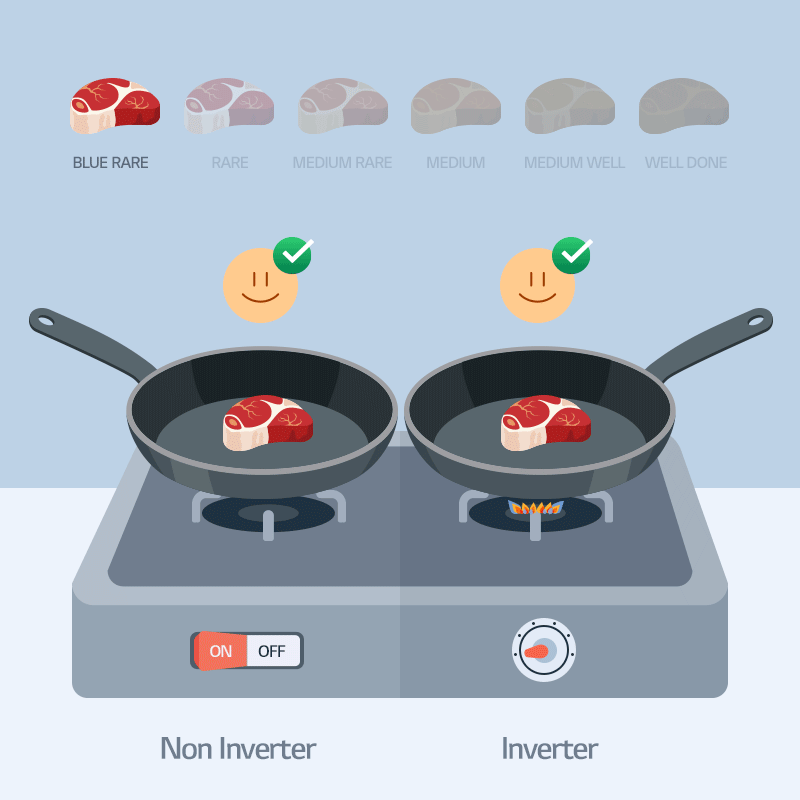
A steak requiring delicate control to satisfy customers tastes.
Unlike an inverter which allows a stove’s flame to be adjusted delicately so chefs can gratify their clients tastes perfectly, constant-speed products only have on/off switches.
I hope these examples have made it easier to understand the difference between constant-speed and inverter products: only an on/off switch vs. delicate controls.


